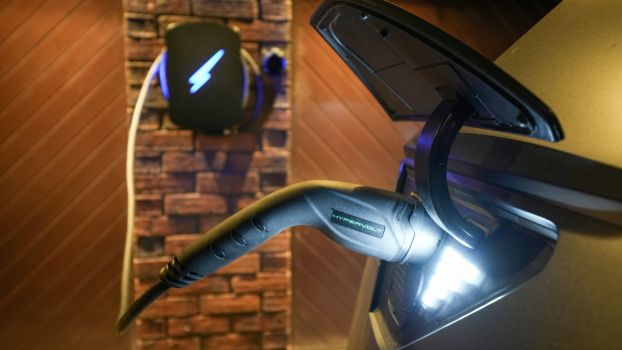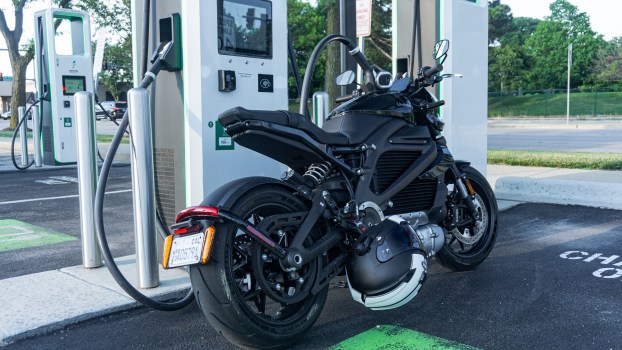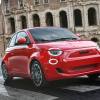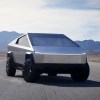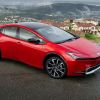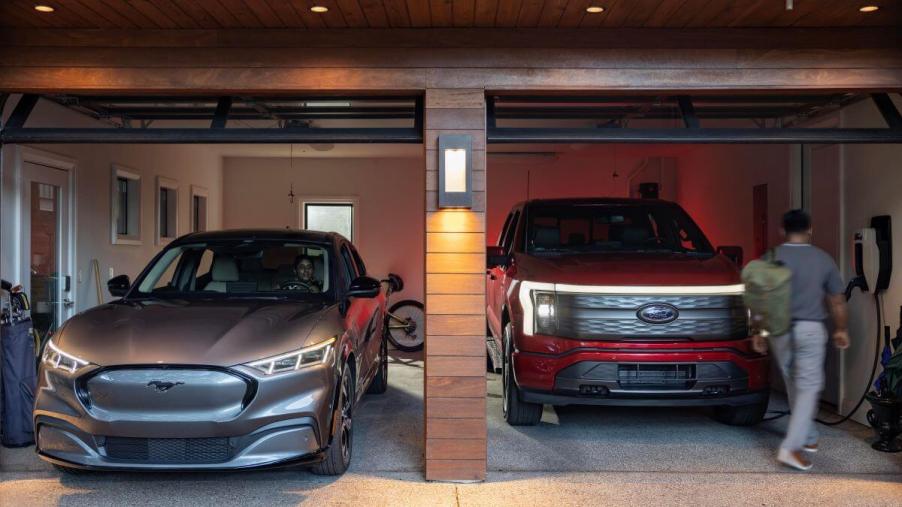
3 Methods Oregon Will Use to Phase Out Gas-Powered Vehicles
The West Coast onslaught against gas-powered vehicles just grew stronger. Oregon joins California and Washington in the war on gas and diesel vehicles to increase EV sales. Oregon has adopted the Advanced Clean Cars II that the California Air Resource Board set in place, giving the Beaver State a roadmap to increase zero-emissions cars on Oregon roads. Here’s how lawmakers intend to implement this plan.
1. Compliance: Oregon’s EV adoption increases electric car sales
Oregon is following the same path as California to reach 100% zero-emissions vehicles sold in the state by 2035. Of the three West Coast states, only Washington has a stricter goal to reach this mark by 2030.
To get the ball rolling, Oregon requires that 35% of automakers’ lineups are battery-electric vehicles (BEVs), PHEVs, or hydrogen fuel cell cars by January 1, 2026, Autoweek reports. Of course, that’s only the first step in the process.
2. Infrastructure: Electric cars need charging stations
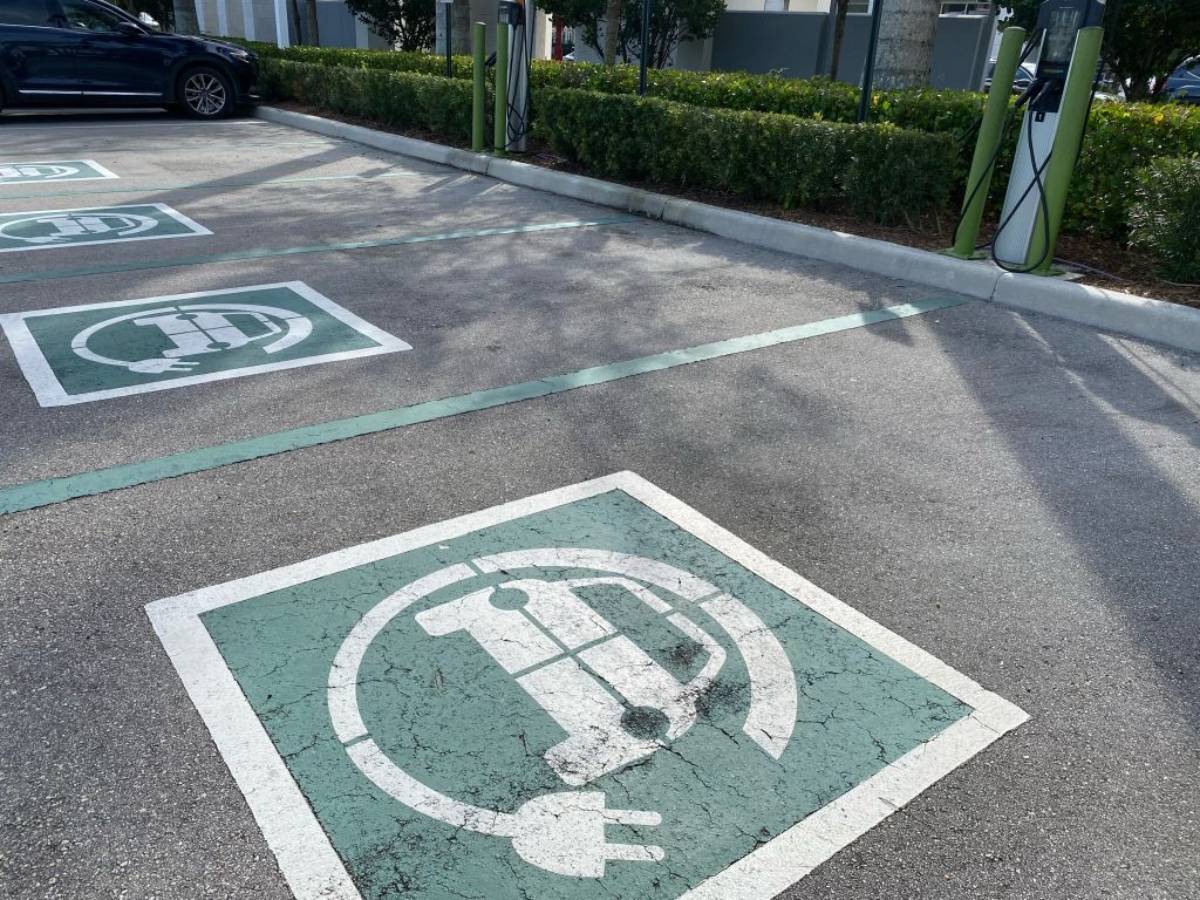
EV owners need public charging stations to charge their vehicles when the batteries run low. Oregon cannot rely on all EV drivers to charge at home, nor can it expect owners to limit themselves to the driving range of their vehicles.
Oregon will invest $100 million to build more EV charging stations along major highways. That investment will also bring more charging locations to rural areas, which can be the most troublesome challenge for electric car owners with long daily commutes.
3. Compromise: Not all vehicles will be fully electric by 2035
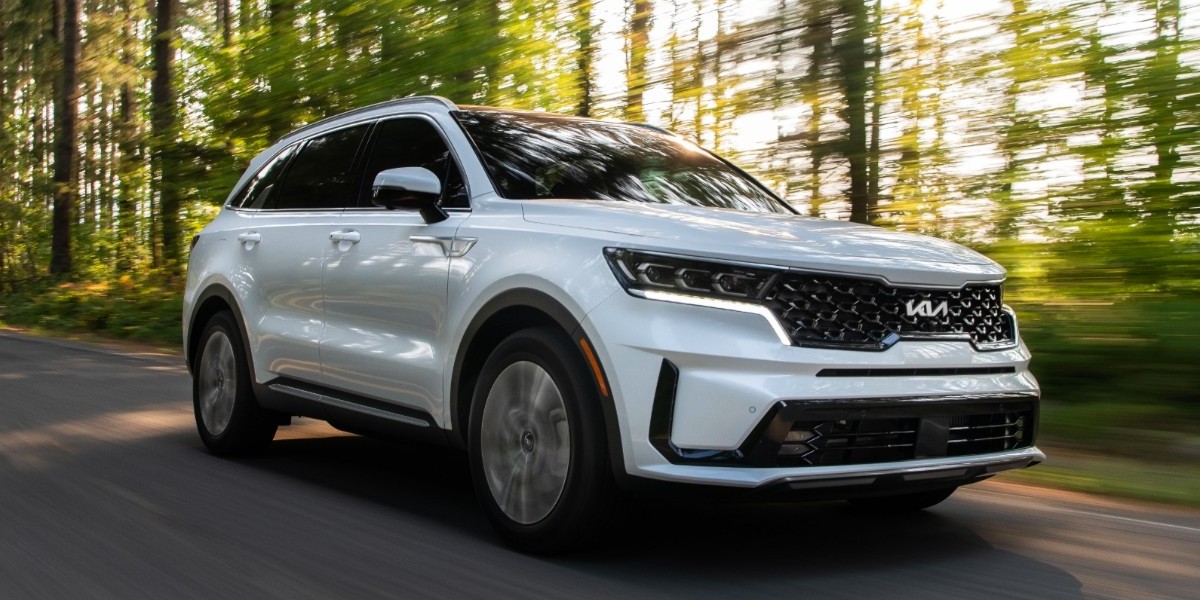
Some assume adopting a zero-emissions plan by 2035 means no more gasoline, but that’s not the case. Oregon will continue to allow plug-in hybrid vehicles (PHEVs) to be sold past 2035. PHEVs must offer an electric driving range of 50 miles or more. That technically means these vehicles aren’t zero-emissions models, but the trade-off is a much more efficient drive and lower emissions.
This Oregon EV adoption plan should be easy for fully electric vehicles. All BEVs must have a minimum range of 150 miles and offer DC fast-charging capability. Because most new EVs heading to the market today can go at least 200 miles on a full charge, that goal should be simple to achieve in the next 12 years.
Why has Oregon committed to EV adoption by 2035?
Most Americans hear about wildfires, extreme heat, and other disasters that ravage the West Coast. Some of these events are related to greenhouse gas emissions expelled from vehicles on the roads. Adopting the Advanced Clean Cars II program is a significant step in moving away from these problems and toward a cleaner environment.
“Oregon continues to see the consequences of greenhouse gas emissions across the state — with extreme heat, more severe wildfires, winter storms and flooding, and prolonged drought — and I am committed to addressing the climate crisis with urgency.”
Oregon Governor Kate Brown
What is Advanced Clean Cars II?
The California Air Resource Board developed the Advanced Clean Cars II regulations to meet an aggressive stance for EV adoption. Many states are adopting this program to follow the same path as California and Oregon.
